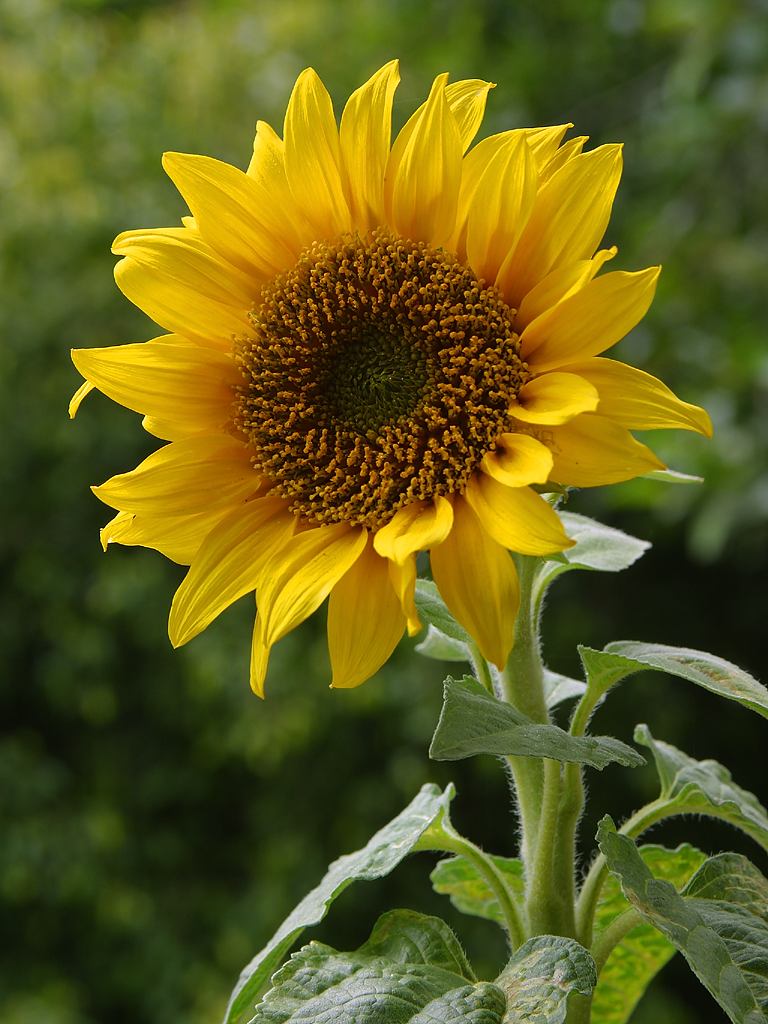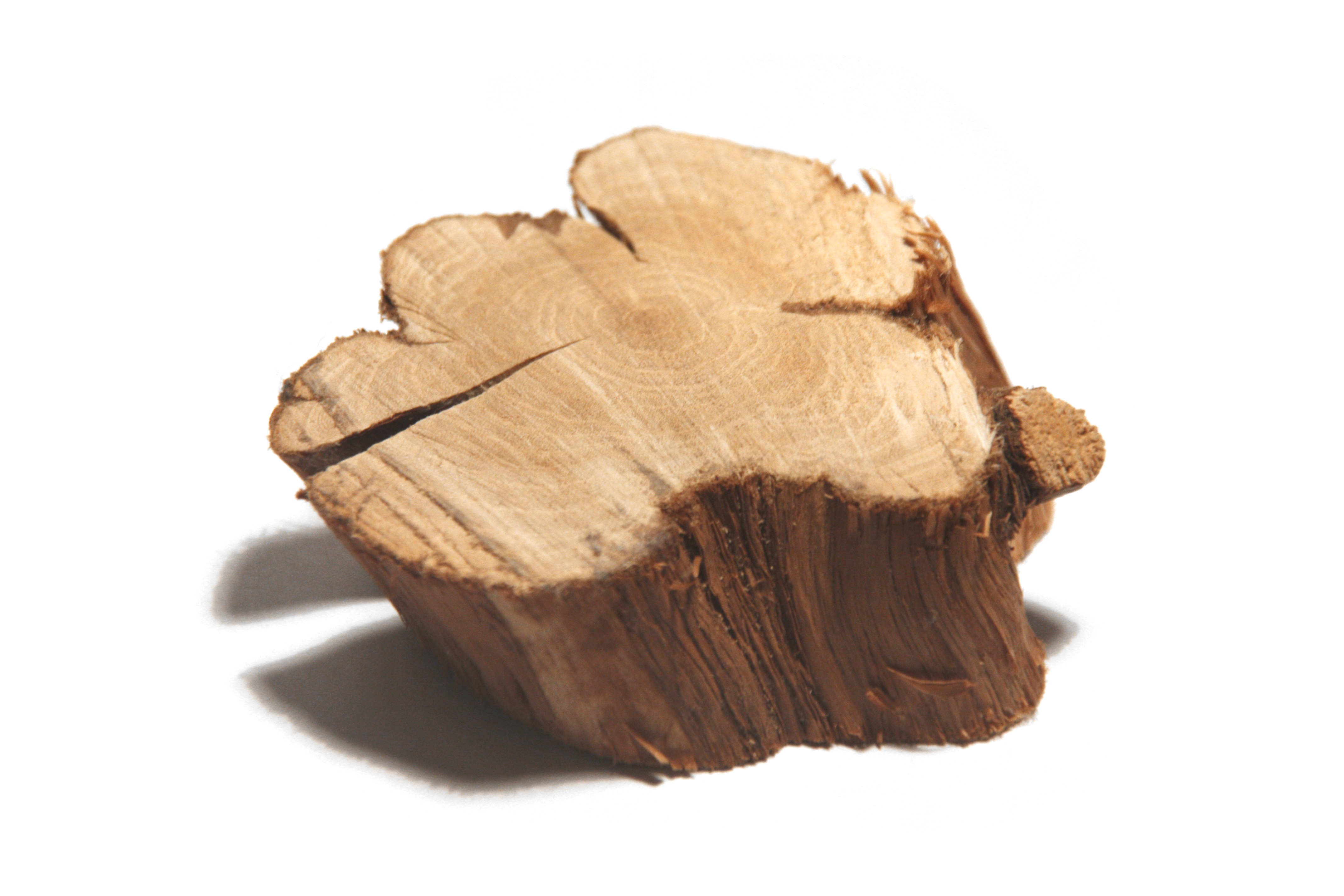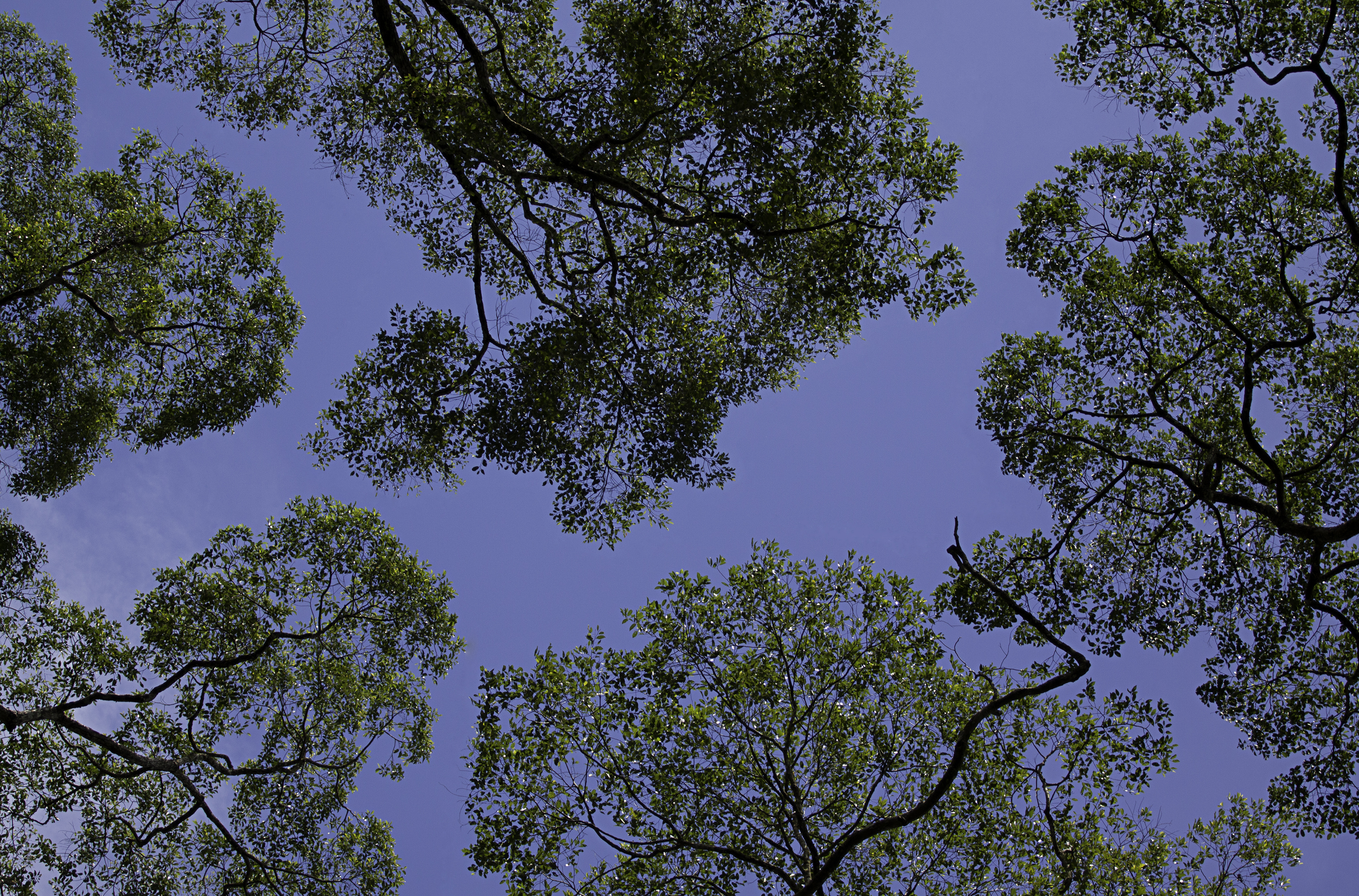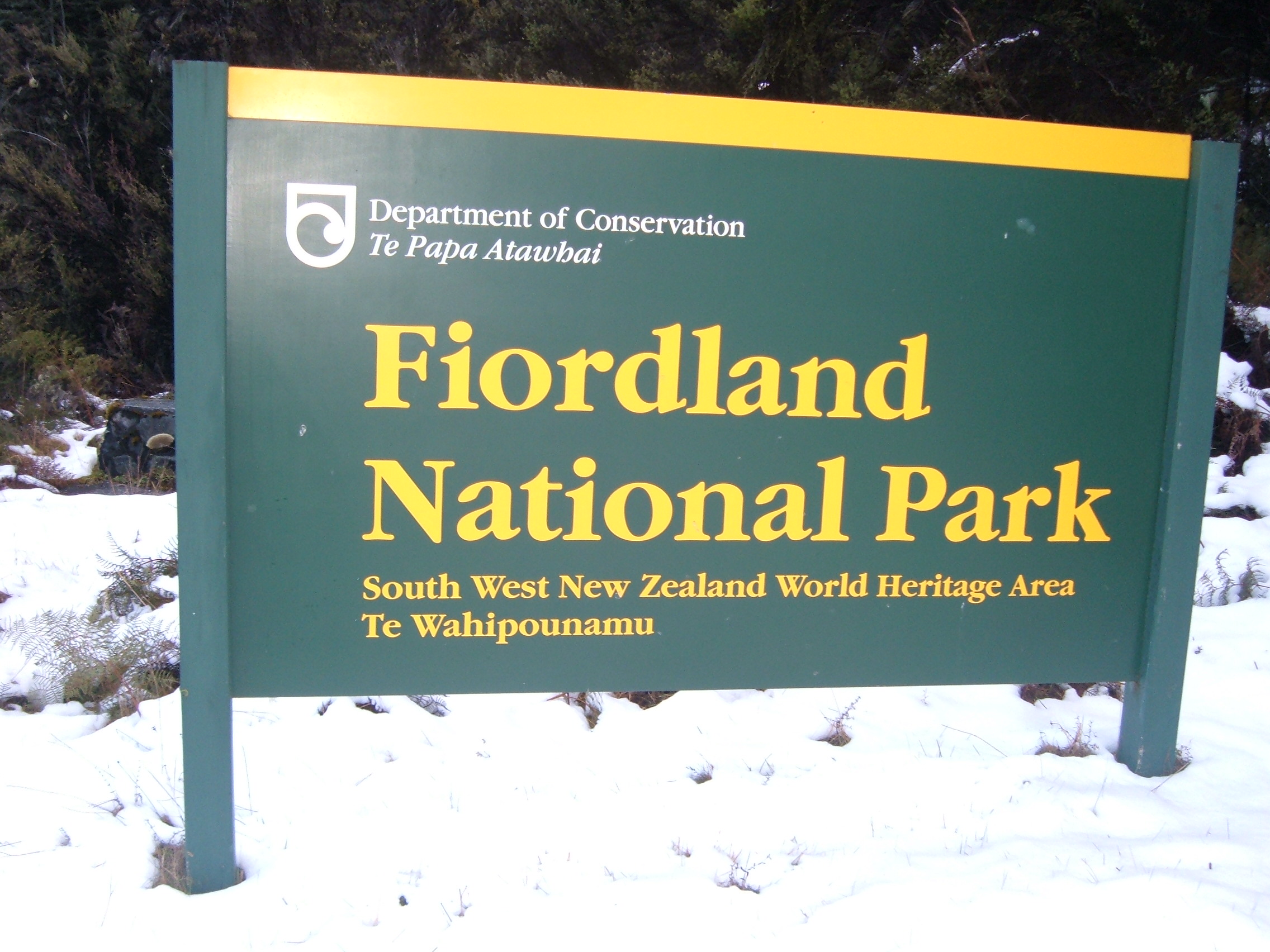|
Herbfield
Herbfields are plant communities dominated by herbaceous plants, especially forbs and grasses. They are found where climatic conditions do not allow large woody plants to grow, such as in subantarctic and alpine tundra environments. Herbfield is defined in New South Wales (Australia) government legislation as native vegetation that predominantly does not contain an over-storey or a mid-storey and where ground cover is dominated by non-grass species. The New Zealand Department of Conservation The Department of Conservation (DOC; Māori language, Māori: ''Te Papa Atawhai'') is the public service department of New Zealand charged with the conservation of New Zealand's natural and historical heritage. An advisory body, the New Zealand ... has described herbfield vegetation as that in which the cover of herbs in the canopy is 20–100%, and in which herb cover is greater than that of any other growth form, or of bare ground.Lux et al. (2009). Various kinds of herbfield include ... [...More Info...] [...Related Items...] OR: [Wikipedia] [Google] [Baidu] |
Herbaceous Plant
Herbaceous plants are vascular plants that have no persistent woody stems above ground. This broad category of plants includes many perennials, and nearly all annuals and biennials. Definitions of "herb" and "herbaceous" The fourth edition of the '' Shorter Oxford English Dictionary'' defines "herb" as: # "A plant whose stem does not become woody and persistent (as in a tree or shrub) but remains soft and succulent, and dies (completely or down to the root) after flowering"; # "A (freq. aromatic) plant used for flavouring or scent, in medicine, etc.". (See: Herb) The same dictionary defines "herbaceous" as: # "Of the nature of a herb; esp. not forming a woody stem but dying down to the root each year"; # "BOTANY Resembling a leaf in colour or texture. Opp. scarious". Botanical sources differ from each other on the definition of "herb". For instance, the Hunt Institute for Botanical Documentation includes the condition "when persisting over more than one growing season, th ... [...More Info...] [...Related Items...] OR: [Wikipedia] [Google] [Baidu] |
Forb
A forb or phorb is a herbaceous flowering plant that is not a graminoid (grass, sedge, or rush). The term is used in botany and in vegetation ecology especially in relation to grasslands and understory. Typically, these are eudicots without woody stems. Etymology The word ''forb'' is derived from Greek () 'pasture; fodder'. The Hellenic spelling ''phorb'' is sometimes used, and in older usage this sometimes includes graminids and other plants currently not regarded as forbs. Guilds Forbs are members of a guilda group of plant species with broadly similar growth forms. In certain contexts in ecology, guild membership may often be more important than the taxonomic relationships between organisms. In informal classification In addition to its use in ecology, the term "forb" may be used for subdividing popular guides to wildflowers, distinguishing them from other categories such as grasses, sedges, shrubs, and trees. Some examples of forbs are clovers, sunflowers, daylilie ... [...More Info...] [...Related Items...] OR: [Wikipedia] [Google] [Baidu] |
Graminoid
In botany and ecology, a graminoid refers to a herbaceous plant with a grass-like morphology, i.e., elongated culms with long, blade-like leaves. They are contrasted with forbs, herbaceous plants without grass-like features. The plants most often referred to include the families Poaceae (grasses in the strict sense), Cyperaceae (sedges), and Juncaceae (rushes). These are not closely related but belong to different clades in the order Poales. The grasses (Poaceae) are by far the largest family, with some 12,000 species. Ecology Besides their similar morphology, graminoids share a widespread occurrence and often dominance in open habitats such as grasslands or marshes. They can, however, also be found in the understory of forests. Sedges and rushes tend to prefer wetter habitats than grasses. Gallery File:Pitrus (Juncus effusus) 05.JPG, alt=Common rush in shallow water, Common rush ('' Juncus effusus''), Juncaceae File:Cyperus capitatus 01.jpg, alt=Nutsedge on dune, Nutse ... [...More Info...] [...Related Items...] OR: [Wikipedia] [Google] [Baidu] |
Woody Plant
A woody plant is a plant that produces wood as its structural tissue and thus has a hard stem. In cold climates, woody plants further survive winter or dry season above ground, as opposed to Herbaceous plant, herbaceous plants that die back to the ground until Spring (season), spring. Characteristics Woody plants are usually trees, shrubs, or lianas. These are usually perennial plants whose stems and larger roots are reinforced with wood produced from secondary xylem. The main stem, larger branches, and roots of these plants are usually covered by a layer of Bark (botany), bark. Wood is a structural cell (biology), tissue that allows woody plants to grow from above ground stems year after year, thus making some woody plants the largest and tallest terrestrial plants. Woody plants, like Herbaceous plant, herbaceous perennials, typically have a Dormancy, dormant period of the year when growth does not take place. This occurs in Temperate climate, temperate and Continental clima ... [...More Info...] [...Related Items...] OR: [Wikipedia] [Google] [Baidu] |
Subantarctic
The sub-Antarctic zone is a physiographic region in the Southern Hemisphere, located immediately north of the Antarctic region. This translates roughly to a latitude of between 46th parallel south, 46° and 60th parallel south, 60° south of the Equator. The subantarctic region includes many List of Antarctic and subantarctic islands, islands in the southern parts of the Atlantic Ocean, Atlantic, Indian Ocean, Indian, and Pacific Ocean, Pacific oceans, especially those situated north of the Antarctic Convergence. Subantarctic glaciers are, by definition, located on islands within the subantarctic region. All glaciers located on the continent of Antarctica are by definition considered to be list of glaciers in the Antarctic, Antarctic glaciers. Geography The subantarctic region comprises two geographic zones and three distinct weather front, fronts. The northernmost boundary of the subantarctic region is the rather ill-defined subtropical front, Subtropical Front (STF), also r ... [...More Info...] [...Related Items...] OR: [Wikipedia] [Google] [Baidu] |
Alpine Tundra
Alpine tundra is a type of natural region or biome that does not contain trees because it is at high elevation, with an associated harsh climate. As the latitude of a location approaches the poles, the threshold elevation for alpine tundra gets lower until it reaches sea level and merges with polar tundra. The high elevation causes an adverse climate, which is too cold and windy to support tree growth. Alpine tundra transitions to sub-alpine forests below the tree line; stunted forests occurring at the forest-tundra ecotone are known as '' krummholz''. With increasing elevation it ends at the snow line where snow and ice persist through summer. Alpine tundra occurs in mountains worldwide. The flora of the alpine tundra is characterized by dwarf shrubs close to the ground. The cold climate of the alpine tundra is caused by adiabatic cooling of air, and is similar to polar climate. Geography Alpine tundra occurs at high enough altitude at any latitude. Portions of montane ... [...More Info...] [...Related Items...] OR: [Wikipedia] [Google] [Baidu] |
New South Wales
New South Wales (commonly abbreviated as NSW) is a States and territories of Australia, state on the Eastern states of Australia, east coast of :Australia. It borders Queensland to the north, Victoria (state), Victoria to the south, and South Australia to the west. Its coast borders the Coral Sea, Coral and Tasman Seas to the east. The Australian Capital Territory and Jervis Bay Territory are Enclave and exclave, enclaves within the state. New South Wales' state capital is Sydney, which is also Australia's most populous city. , the population of New South Wales was over 8.3 million, making it Australia's most populous state. Almost two-thirds of the state's population, 5.3 million, live in the Greater Sydney area. The Colony of New South Wales was founded as a British penal colony in 1788. It originally comprised more than half of the Australian mainland with its Western Australia border, western boundary set at 129th meridian east in 1825. The colony then also includ ... [...More Info...] [...Related Items...] OR: [Wikipedia] [Google] [Baidu] |
Overstory
In biology, the canopy is the aboveground portion of a plant cropping or crop, formed by the collection of individual plant crowns. In forest ecology, the canopy is the upper layer or habitat zone, formed by mature tree crowns and including other biological organisms (epiphytes, lianas, arboreal animals, etc.). The communities that inhabit the canopy layer are thought to be involved in maintaining forest diversity, resilience, and functioning. Shade trees normally have a dense canopy that blocks light from lower growing plants. Early observations of canopies were made from the ground using binoculars or by examining fallen material. Researchers would sometimes erroneously rely on extrapolation by using more reachable samples taken from the understory. In some cases, they would use unconventional methods such as chairs suspended on vines or hot-air dirigibles, among others. Modern technology, including adapted mountaineering gear, has made canopy observation significantl ... [...More Info...] [...Related Items...] OR: [Wikipedia] [Google] [Baidu] |
Department Of Conservation (New Zealand)
The Department of Conservation (DOC; Māori language, Māori: ''Te Papa Atawhai'') is the public service department of New Zealand charged with the conservation of New Zealand's natural and historical heritage. An advisory body, the New Zealand Conservation Authority, New Zealand Conservation Authority (NZCA) is provided to advise DOC and its ministers. In addition there are 15 conservation boards for different areas around the country that provide for interaction between DOC and the public. Functions and history Overview The department was formed on 1 April 1987, as one of several reforms of the public service, when the ''Conservation Act 1987'' was passed to integrate some functions of the Department of Lands and Survey, the New Zealand Forest Service, Forest Service and the New Zealand Wildlife Service, Wildlife Service. This act also set out the majority of the department's responsibilities and roles. As a consequence of Conservation Act all Crown land in New Zealand ... [...More Info...] [...Related Items...] OR: [Wikipedia] [Google] [Baidu] |
Habitats
In ecology, habitat refers to the array of resources, biotic factors that are present in an area, such as to support the survival and reproduction of a particular species. A species' habitat can be seen as the physical manifestation of its ecological niche. Thus "habitat" is a species-specific term, fundamentally different from concepts such as environment or vegetation assemblages, for which the term "habitat-type" is more appropriate. The physical factors may include (for example): soil, moisture, range of temperature, and light intensity. Biotic factors include the availability of food and the presence or absence of predators. Every species has particular habitat requirements, habitat generalist species are able to thrive in a wide array of environmental conditions while habitat specialist species require a very limited set of factors to survive. The habitat of a species is not necessarily found in a geographical area, it can be the interior of a stem, a rotten log, a ... [...More Info...] [...Related Items...] OR: [Wikipedia] [Google] [Baidu] |
Ecosystems
An ecosystem (or ecological system) is a system formed by Organism, organisms in interaction with their Biophysical environment, environment. The Biotic material, biotic and abiotic components are linked together through nutrient cycles and energy flows. Ecosystems are controlled by external and internal Environmental factor, factors. External factors—including climate—control the ecosystem's structure, but are not influenced by it. By contrast, internal factors control and are controlled by ecosystem processes; these include decomposition, the types of species present, root competition, shading, disturbance, and succession. While external factors generally determine which Resource (biology), resource inputs an ecosystem has, their availability within the ecosystem is controlled by internal factors. Ecosystems are wikt:dynamic, dynamic, subject to periodic disturbances and always in the process of recovering from past disturbances. The tendency of an ecosystem to remain clo ... [...More Info...] [...Related Items...] OR: [Wikipedia] [Google] [Baidu] |
Alpine Flora
Alpine flora may refer to: * Alpine tundra, a community of plants that live at high altitude * Alpine plant Alpine plants are plants that grow in an alpine climate, which occurs at high elevation and above the tree line. There are many different plant species and taxon, taxa that grow as a plant community in these alpine tundra. These include perennial g ...s that live within that community * Flora of the Alps {{Disambig ... [...More Info...] [...Related Items...] OR: [Wikipedia] [Google] [Baidu] |






